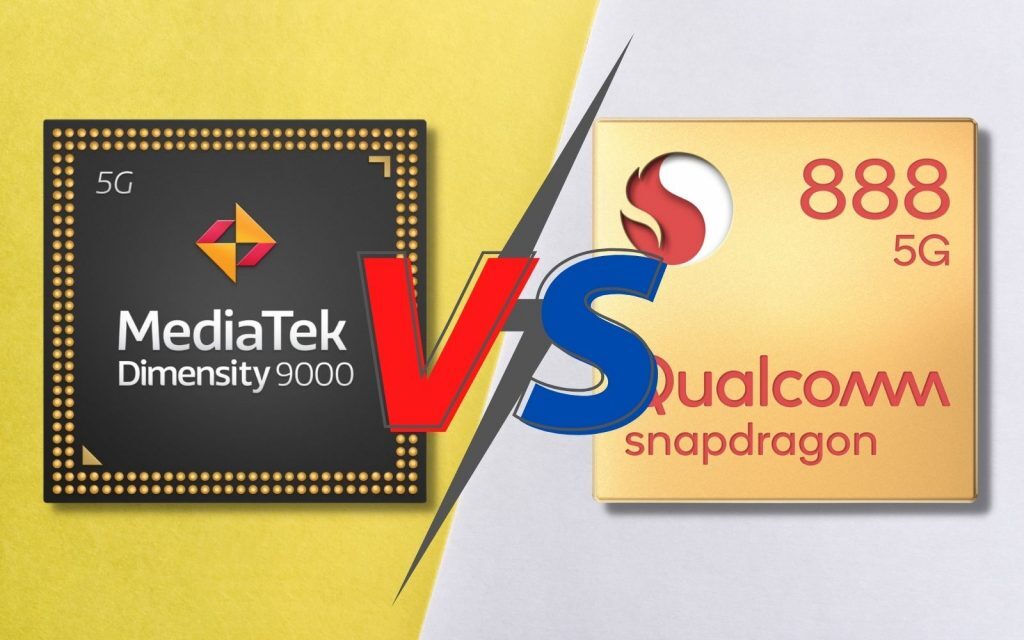Smartphone processors, if the device you’re likely reading this on wasn’t a big enough clue, are very big business. The major name in the game is Qualcomm, with some competition by Apple and Samsung thrown in. MediaTek, a name we tend to associate with budget and mid-range phones, is looking to get into the lucrative flagship device market.
It plans to do this with the launch of its new Dimensity 9000 processor, a chipset that the company claims can stand toe-to-toe with the best mobile processor on the planet. ‘The best’, in this instance, means the likes of Qualcomm’s Snapdragon 888+ or even Apple’s A15 Bionic. Of course, that’s according to the company.
Can MediaTek make us believers?
On paper, MediaTeks’ Dimensity 9000 mobile processor is a serious beast. It stacks up favourably against the Snapdragon 888 and 888+, sending a 4nm octa-core TSMC-fabricated chip into battle with the smartphone favourites. There’s a single ARM Cortex-X2 core, running at 3.05GHz, three Cortex-A710 cores at 2.85GHz, and four Cortex-A510 cores at 1.80GHz.
Qualcomm’s Snapdragon 888+ fields a single Cortex-X1 (2.95GHz), three Cortex-A78 cores (2.4GHz), and four Cortex-A55 (1.8GHz). One of these two chips has larger numbers than the other. The Dimensity should, theoretically, outperform this year’s flagship favourite in terms of graphics performance as well. Its’ Mali-G710 features a higher clock speed than the 888+’s. It’s not a wide margin — 850MHz vs. 840MHz, but that’s enough.
MediaTek’s chip also features support for speedier LPDDR5X RAM, which runs at 3,750MHz. Qualcomm’s best ‘only’ supports the 3,200MHz LPDDR5 standard. The new chipset also claims to offer the ability to record HDR with three cameras at once, which is credited to a new 8-bit HDR-ISP. It supports a single sensor up to 320MP, a meaningless metric at the moment since there are no single 320MP sensors available for smartphones. Yet.
This raft of numbers mostly means that MediaTek’s new silicon has, at the very least, made it competitive in the flagship smartphone arena. We’re used to dismissing handsets that have processors made by the company, though its’ Helio range of processors is a solid indicator of quality. But now we’ll have to examine high-end phones a little more closely. Qualcomm, Samsung, and Apple doubtless have hardware waiting that’ll match or exceed what Mediatek is launching, but it might be time to take the company a little more seriously.




